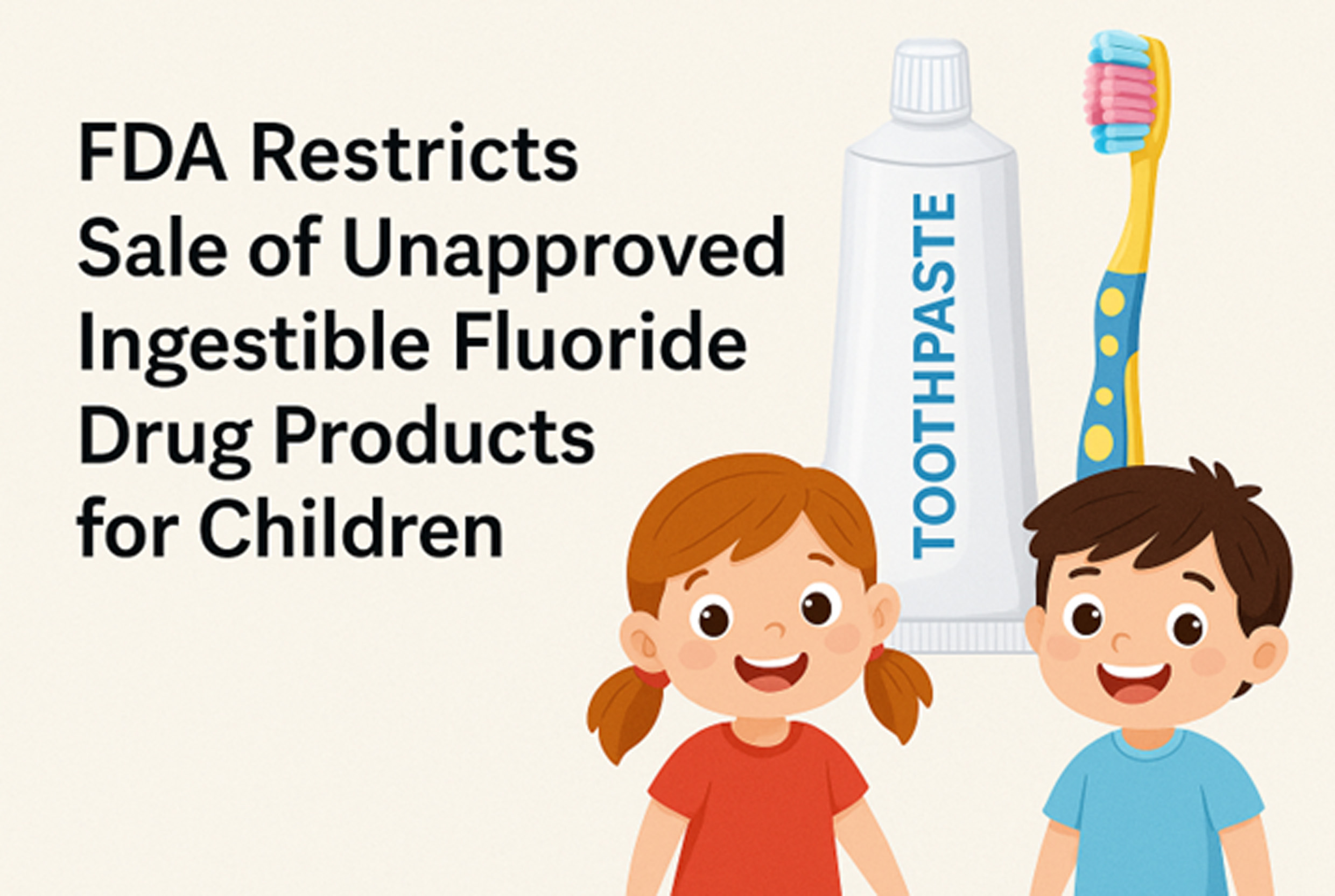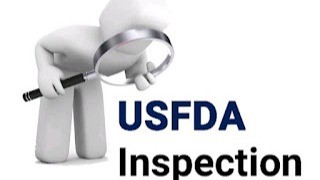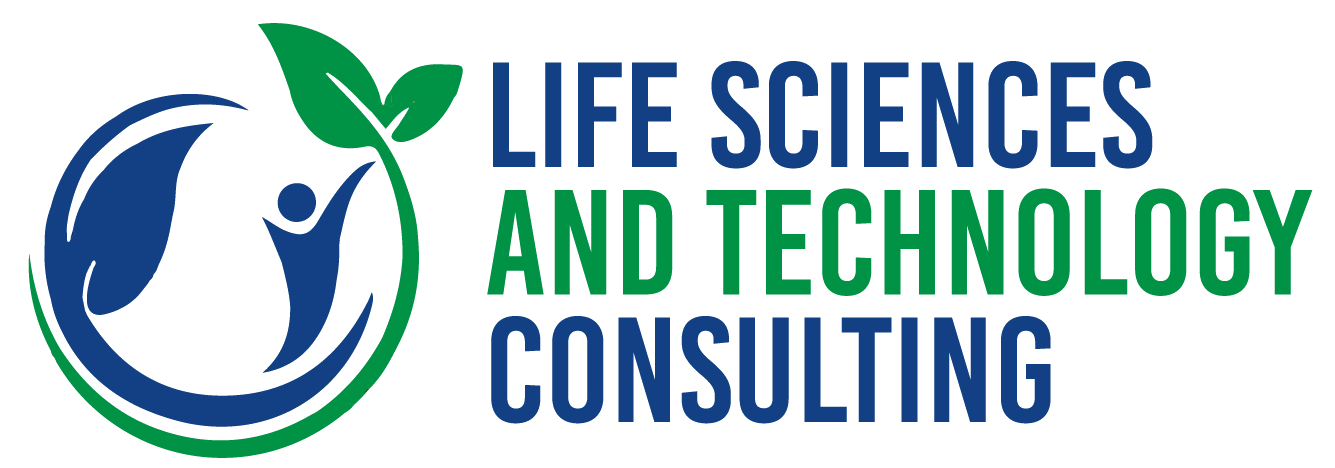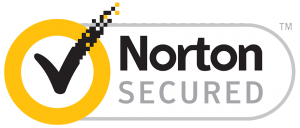A new U.S. directive puts drugmakers on the clock, will global pricing strategy shift under the weight of “most favored nation” expectations?
The U.S. government has issued a 30-day deadline to the pharmaceutical industry: voluntarily align prescription drug prices with those in other developed countries or face regulatory steps to enforce it.
This effort aims to address one of the industry’s most scrutinized issues: the significant gap between U.S. drug costs and those seen across Europe and other advanced markets.
While the immediate focus is on Medicare and Medicaid, the implications are broader. Market expectations, pricing strategies, and access models may need to adapt—especially as discussions around “value-based pricing” gain global momentum.
Industry stakeholders have expressed concern over long-term impact on innovation and investment. Yet, the moment also presents an opportunity: to define a sustainable, globally aligned pricing framework that works for patients, payers, and producers alike.
For pharma leaders around the world, this is a time to reassess:
- How resilient are your pricing models under shifting regulatory expectations?
- What does global pricing parity mean for your portfolio, pipeline, and market access strategy?
If you’re exploring strategic responses to evolving U.S. pricing dynamics, let’s talk. I welcome a thoughtful discussion on how we, as an industry, can drive sustainable access without compromising on innovation.









